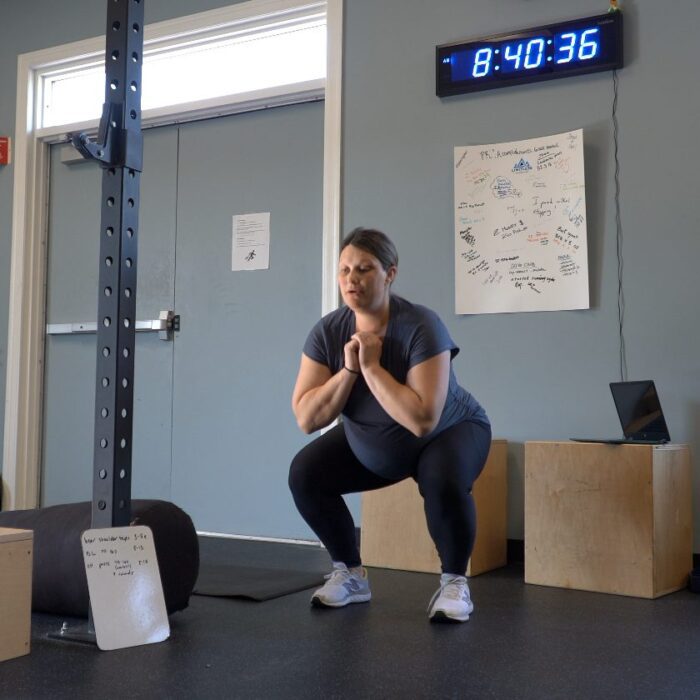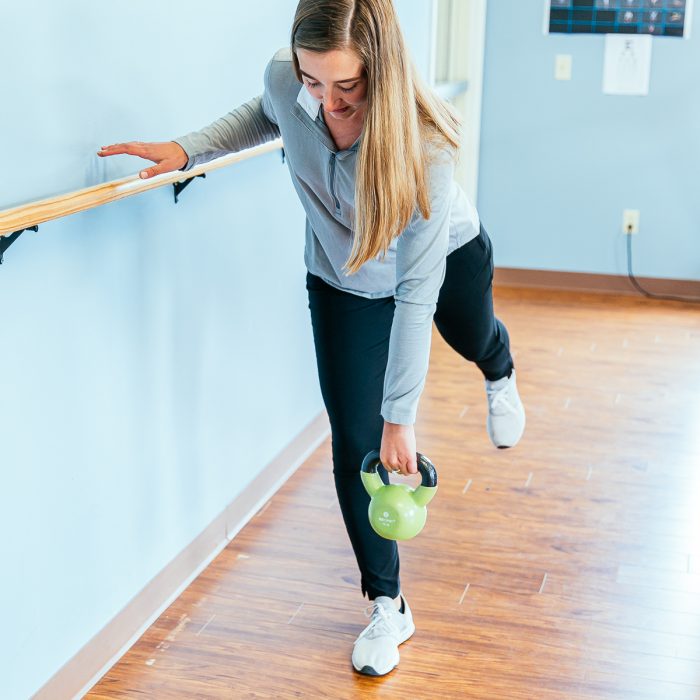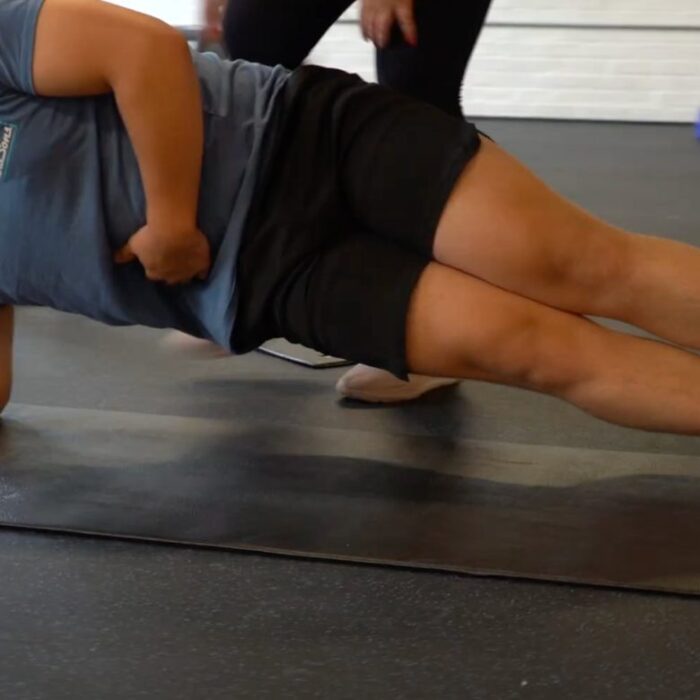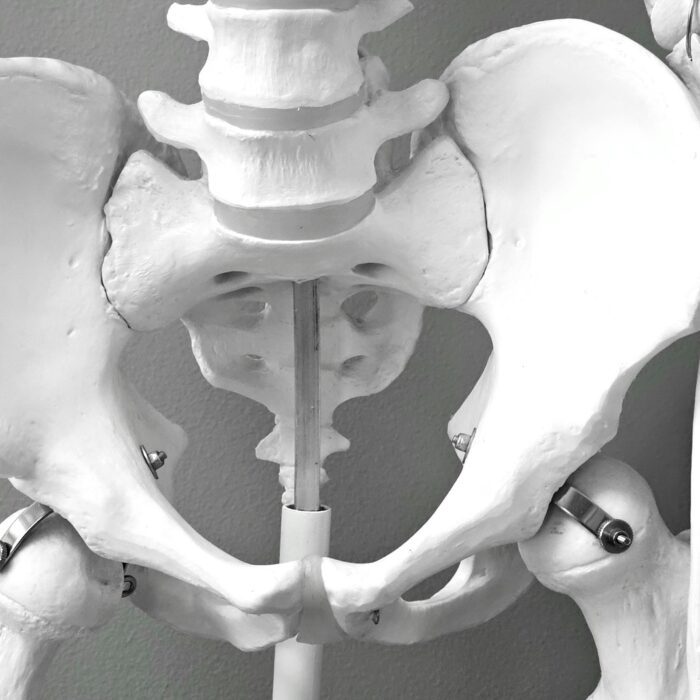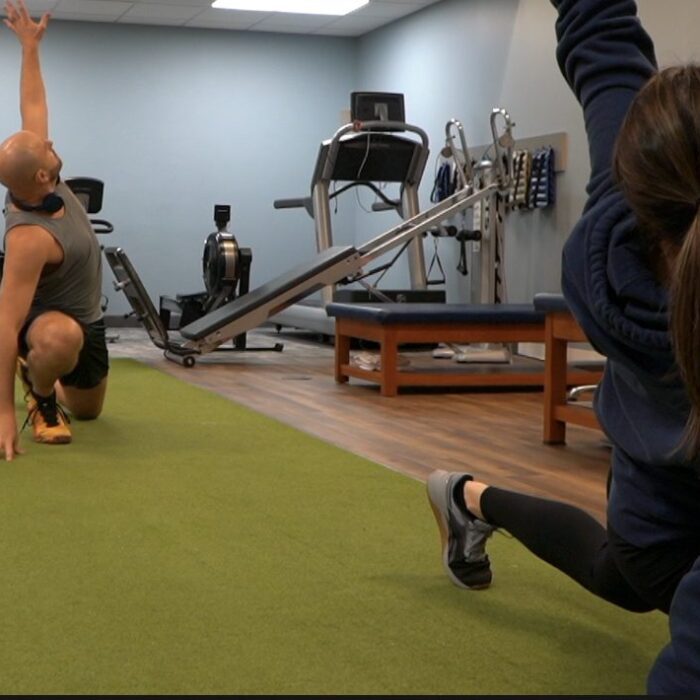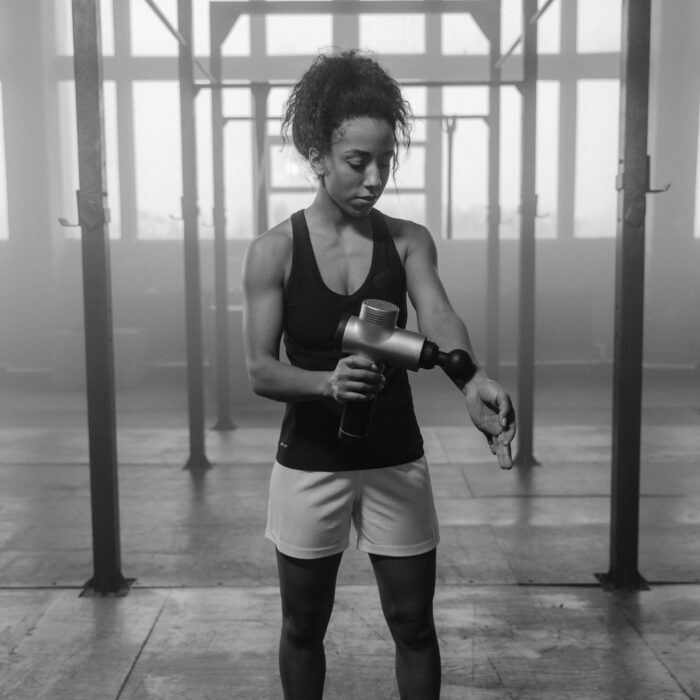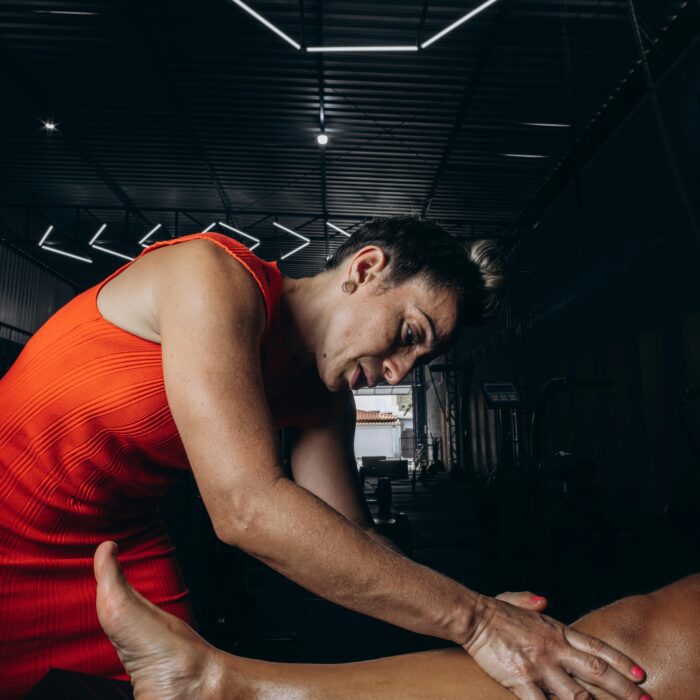Sarah, a 34-year-old marathon runner from Brighton, felt a sharp pain in her knee during mile 18 of a training run. Three weeks later, she was still limping and starting to wonder if her running days were over. Then she discovered sports physical therapy—and just eight weeks later, she crossed the finish line of her first post-injury half-marathon stronger than before.
Stories like Sarah’s aren’t rare. Recent studies show that sports physical therapy has a success rate between 68% and 72%, with nearly 80% of patients reporting significant pain reduction after treatment. Early, targeted rehabilitation not only accelerates recovery but often helps athletes return to their sport more confident, more resilient, and performing better than before.
At Limitless Physical Therapy Specialists, our mission is simple: to help you move without limits and get back to doing the things you love with the people you love.
What Is Sports Physical Therapy?
Sports physical therapy focuses on preventing, diagnosing, and treating injuries related to athletic activity and movement performance.
It’s not just about pain relief—it’s about restoring strength, optimizing biomechanics, and building resilience for long-term performance.
At our Rochester-area clinics, we’ve treated over 5,000 athletes and active adults over 15+ years, from high-school competitors and weekend warriors to endurance athletes and working parents who refuse to let pain dictate their lifestyle.
Sports PT blends manual therapy, strength and conditioning, and sport-specific drills with individualized progressions that rebuild confidence and control.
How Sports PT Differs from General Physical Therapy
General PT helps restore function and manage pain for a broad range of conditions.
**Sports PT goes further—**targeting the unique biomechanics of running, jumping, cutting, and throwing. Our therapists use tools like video gait analysis, landing-mechanics testing, and functional strength assessments to identify subtle inefficiencies that lead to overuse injuries or performance plateaus.
- General PT: helps you walk without pain.
- Sports PT: helps you sprint, pivot, and perform without limits.
Who Benefits from Sports Physical Therapy
You don’t have to be a pro athlete to need sports PT. If movement matters to you, you qualify.
Our team works with:
- Runners and cyclists training for events like the Rochester Half Marathon or Flower City Challenge
- High-school, collegiate, and adult-league athletes
- CrossFit and gym enthusiasts
- Skiers, hikers, and weekend adventurers
- Post-surgical patients returning to sport or work
- Individuals preventing injury through proactive screening
Many people wait until pain stops them to seek help—but the smartest athletes use sports PT proactively to optimize movement, avoid setbacks, and extend their active years.
The Science Behind Sports PT
Evidence-Based Treatment
Modern sports PT integrates clinical research and personalized care through the biopsychosocial model—treating the body, mind, and environment together.
Recent research (2023–2025) shows:
- Success rates: 68–72% for musculoskeletal injuries
- 79% of patients report major pain reduction
- Early PT after injury correlates to faster and more confident return-to-sport outcomes
Key methods include:
- Manual therapy: joint mobilization, soft-tissue work, and neuromuscular release to improve motion and comfort. Studies confirm that combining manual therapy with exercise produces better long-term outcomes—especially in shoulder and knee injuries.
- Progressive loading: Gradually challenging tissues builds strength, coordination, and resilience. Research confirms mechanical loading—not rest—is essential for tendon recovery and collagen remodeling.
- Sport-specific training: Each athlete progresses through drills replicating real-world movement patterns for their sport.
Results That Matter
- 79% experience measurable pain reduction
- 90% report improved quality of life
- 87% reduce or eliminate pain medication use
- Average ACL return-to-sport: 9–12 months, with earlier rehab linked to higher confidence and better proprioception
- Physical therapy can cut healthcare costs by 54% compared to surgery, with fewer complications and faster return to activity
Common Conditions Treated
Acute Injuries
- Ankle sprains and instability
- ACL/MCL or meniscus tears
- Hamstring, calf, or groin strains
- Rotator cuff and shoulder injuries
Rehab phases include: controlling pain → restoring motion → rebuilding strength → retraining movement → return to sport.
Overuse Injuries
2025 data shows the most common overuse injuries among runners and cyclists are runner’s knee, IT band syndrome, Achilles tendinopathy, and lower-back pain. These typically arise from repetitive stress or poor mechanics—things we can fix.
Our approach targets both the painful tissue and the underlying movement cause. For example, hip weakness might create knee pain; spinal stiffness can affect shoulder function.
We fix the pattern, not just the symptom.
Post-Surgical Rehabilitation
- ACL reconstruction
- Rotator cuff or labral repair
- Meniscus or fracture recovery
Each protocol follows evidence-based milestones, ensuring a safe, progressive path toward full return.
Research shows that premature return to sport before nine months post-ACL repair increases reinjury risk—so we build your readiness step by step with measurable testing.
What to Expect at Limitless PT
Your First Visit
You’ll get more than a quick screen—you’ll get answers.
We’ll start with a detailed evaluation, including:
- Injury history and personal goals
- Pain mapping and movement analysis
- Strength and range-of-motion testing
- Functional and sport-specific assessment
You’ll leave your first session with a clear plan, not guesswork.
We explain what’s happening, why it happened, and exactly how we’ll fix it together.
Your Personalized Plan
No cookie-cutter programs here. Every plan is built around your sport, your body, and your goals.
Your care may include:
- Manual therapy and mobility work
- Strength and stability training
- Neuromuscular re-education
- Plyometrics and return-to-sport drills
- Education and at-home training through the Limitless Life App
You’ll track your progress, review exercises, and stay connected with your therapist between sessions—because recovery doesn’t stop when you leave the clinic.
Recovery Timeline
| Phase | Focus | Typical Duration |
| 1. Protection | Pain control & tissue healing | Days 1–7 |
| 2. Restore | Range of motion, light strength | Weeks 1–3 |
| 3. Build | Strength & stability | Weeks 3–8 |
| 4. Function | Sport-specific movement | Weeks 6–10 |
| 5. Return | Full sport participation | Weeks 8–16+ |
Every recovery looks different, but our average return-to-sport timeframe for non-surgical cases is 8–12 weeks.
For ACL reconstruction, it’s typically 9–12 months—with strength, motion, and readiness testing to confirm safe clearance.
Core Techniques That Drive Results
Manual Therapy
Hands-on treatment accelerates progress by improving mobility and reducing pain.
Methods include:
- Joint and soft-tissue mobilization
- Myofascial release
- Instrument-assisted therapy (IASTM)
- PNF stretching and muscle energy techniques
When paired with exercise, manual therapy consistently delivers faster, longer-lasting outcomes.
Eccentric & Progressive Loading
Eccentric training—where muscles lengthen under tension—has been shown to rebuild tendons, reduce chronic pain, and prevent re-injury.
Progressive loading protocols like low tendon compression rehab (LTCR) have proven more effective than high-compression approaches for chronic Achilles or patellar tendinopathy.
Sport-Specific Exercise
No two athletes move the same.
- Runners focus on hip control, stride efficiency, and cadence drills.
- Basketball players train jumping, cutting, and landing mechanics.
- Golfers and throwers build rotational strength and power.
Every exercise bridges clinical rehab and real-world performance.
Return-to-Play Testing
We follow the StARRT (Strategic Assessment of Risk and Risk Tolerance) model—using objective criteria like 90% limb symmetry, hop testing, and movement-quality analysis—before clearing you to compete.
Sports PT vs. Other Options
| Factor | Sports Physical Therapy | General PT | Personal Training |
| Focus | Sport-specific recovery & performance | General mobility | Fitness & conditioning |
| Expertise | Athletic injuries, movement science | Broad rehab scope | Limited clinical background |
| Approach | Manual therapy + progressive exercise | Modalities + exercise | Motivation & programming |
| Coverage | Usually insurance-covered | Insurance-covered | Not covered |
| Ideal For | Athletes & active adults | General rehab | Healthy populations |
Sports PT bridges rehab and performance.
Personal trainers keep you fit; we get you ready for training again—stronger and smarter than before.
Beyond Recovery: Building Resilience
Injury Prevention
We don’t just react to injuries—we prevent them.
Using tools like the Functional Movement Screen (FMS) and Selective Functional Movement Assessment (SFMA), our therapists identify asymmetries, mobility deficits, and balance issues that predict injury risk.
Targeted strengthening and agility training reduce re-injury risk by up to 35%, especially in runners and field-sport athletes.
Performance Optimization
Sports PT enhances your body’s capacity, not just its recovery.
We optimize:
- Biomechanical efficiency – smoother, more powerful movement
- Neuromuscular coordination – better muscle-nerve communication
- Power & explosiveness – safe force production
- Endurance & recovery systems – energy efficiency during play
Many of our Brighton and Greece patients find they return to sport performing better than before the injury.
Technology That’s Transforming Rehab
The future of physical therapy is here—and we’ve embraced it.
Across our Rochester-area clinics, Limitless PT integrates digital and wearable technology to enhance precision and connection.
- Wireless sensors & motion capture: deliver real-time feedback on strength, posture, and symmetry.
- AI-assisted movement analysis: identifies inefficiencies early to prevent reinjury.
- Limitless Life App: tracks exercise progress, hosts educational content, and connects you to your therapist between sessions.
- Tele-rehab & hybrid models: convenient, remote progress check-ins when life gets busy.
Research shows that these tools improve compliance, accuracy, and confidence—and keep you moving forward, even when you’re not in the clinic.
Finding the Right Sports Physical Therapist
When choosing a PT, look for:
- Sports specialization (SCS certification or athletic background)
- Experience with your sport or activity
- Evidence-based, individualized care
- Clear communication and measurable goals
Recovery is a partnership. You deserve a therapist who listens, explains, and empowers you to take control of your healing.
Sports PT in the Rochester Community
Limitless PT is proud to serve Victor, Brighton, Greece, and Cortland—each clinic rooted in its local community.
We work alongside regional events like the Rochester Half Marathon, Flower City Challenge, and Special Olympics partnerships through Nazareth University’s Golisano Training Center.
From competitive athletes to weekend warriors, our mission stays the same: help you live a life without limits.
Getting Started
You don’t need a doctor’s referral in New York State—just call or book online.
Bring comfortable athletic clothing, and be ready to move.
During your first visit, we’ll perform a full assessment and create a personalized plan that fits your sport, schedule, and lifestyle.
Many of our patients return to the activities they love within 8–12 weeks.
The sooner you start, the sooner you move without limits.
Ready to Live a Life Without Limits?
Sports physical therapy gives you the tools, confidence, and support to take control of your recovery and performance.
At Limitless Physical Therapy, we combine 15+ years of clinical expertise, modern technology, and a patient-first approach to help you get back to your game—and stay there.
You don’t have to settle for less than your best.
Call Limitless Physical Therapy today or visit limitlesspts.com to schedule your evaluation.
Together, we’ll create a plan that empowers you to thrive.

